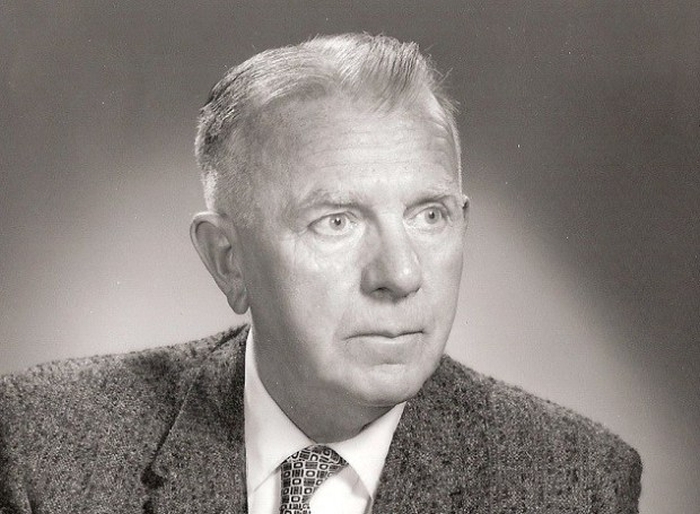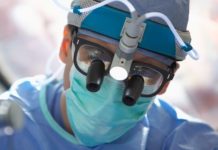
Human curiosity seems as ruthless now as it was centuries ago. All moments when moral norms are omitted become an opportunity to experiment with the human body and observe reactions and suffering. In the name of a paradoxical approach to science and health. Medical experiments in Nazi death camps could involve any prisoner, regardless of gender or age. Siblings were the worst among children, especially twins. The experiments on them always followed the same scenario.
The first step was to accurately measure, weigh and describe the siblings. Later, there was a surgical intervention due to the physician’s curiosity and his medical concepts. After the experiments and euthanasia performed by administering an intracranial phenol injection, the third, the most important part of the research for the doctor – a comparative study of the internal organs. A detailed autopsy was performed. Materials interesting from the scientific point of view were preserved and sent to the Berlin institute, bearing the inscription: “Urgent, parcels significant for war”.
Before you read…

It is worth going to the Auschwitz-Birkenau museum and seeing the remains of the local human beings with your own eyes. Their shoes, remnants of hair, a scrap of clothes, or old utensils. Thanks to the well-preserved and preserved monuments, the museum has been placed on the UNESCO list, and you, while staying close to Krakow or Katowice, can easily go there.
The cities are perfectly connected, and anyone can enter the museum, regardless of whether you decide to visit with a guide or not. If you want to delve deeper into history and get to know the details, it is worth booking an organized trip with KrakowDirect from Krakow.
Medicine does not always mean saving health

The use of prisoners for medical experiments was a visible manifestation of the Nazi concept of using enemies of the state, whose duty it was even to contribute to the Reich with work or death during scientific research. Nazi experiments on prisoners were carried out not only by experienced doctors, but also by students, apprentices, and SS soldiers unrelated to medicine, driven by the curiosity of the human interior.
The Nazis dreamed of creating a pure race and perfect soldiers. It may seem that there were few of them, but the activities of these few took thousands of lives. It is very difficult to determine the exact number of victims, as most of the medical records were destroyed in 1945 with the news of the impending liberation of the concentration camps.
Who Has Benefited From Suffering?

Hubertus Strughold, the one who often dipped his fingers in these experiments, died in the USA in 1986 as a distinguished physician, the father of space medicine. While still working for NASA, he was repeatedly suspected of war crimes but managed to defend his reputation. The experiments were to check the body’s reactions to this burden, up to and including the death of the prisoner. It was only after the doctor’s death that the intelligence declassified documents confirming his participation in experiments on Dachau prisoners. All decorations he had received from the US Army were withdrawn from him. In 2006, his name was removed from the International Chamber of Fame for Conquerors of Space at the Alamogordo Space History Museum.
Strughold found himself in NASA thanks to Operation Paperclip. The American special services at the end of World War II, and shortly after completion, dispatched 100 of the most important German scientists overseas. They were transferred with their families to the United States without the knowledge or consent of the US Department of State. Most of them were members of the NSDAP or the SS The hasty import of German scientific thought was aimed at preventing disclosure of the facts about the participation of scientists in Nazi crimes, and thus blocking the possibility of entering the USA, because then neither of them would be allowed to enter the country.
Strughold’s subordinates conducted three types of research ordered by the Luftwaffe in Dachau. These were the endurance of the human body at high altitudes, in low temperatures, and the effects of drinking seawater. Everything was well planned and with specific goals. Apparently, for some people, more powerful than human life.
So where did this idea come from? The Messerschmitt Me-63 was equipped with a rocket engine. The interview reported that the Americans performed a similar procedure in the B-17 Boeing. It was necessary to start protecting their pilots, in the event of shooting them down at a height of about 20 km above the ground. There was a shortage of volunteers, so they were found in Dachau. About 30 people died. The limits of the body’s endurance at an altitude of more than 8 km were checked – whether the congestion in the brain that occurs in these conditions always causes death. Unconscious victims were also drowned to conduct an autopsy.
From a scientific point of view, the experiments were to reveal a way to prevent the formation of nitrogen blockages in the blood, causing swelling and paralysis of the brain when falling from a great height. After the experiments in Dachau, recommendations for pilots and aircraft designers were formulated, which were presented in September 1942 during a special show for senior Luftwaffe officers at the Ministry of Aviation in Berlin. Fortunately, the project ended.
Who else benefited from medical experiments?

As always, the pharmacology concerns. More precisely, IG-Farbenindustrie, part of the Bayer company, with the knowledge and approval of the highest authorities of the Third Reich. The experiments were conducted in Auschwitz-Birkenau and other camps, especially in Buchenwald. The experiments aimed to test the effects of various substances bearing code names on prisoners. They were mainly sulphonamide preparations used in the treatment of tuberculosis, typhoid fever, typhoid fever, and scarlet fever. There are also plans to test unknown typhus vaccines. The preparations were administered to prisoners in the form of tablets, granules, liquids, injections, and rectal enemas. If the trials were successful, they were to be included in the valued and commonly used drugs.
Sick or artificially infected prisoners were subjected to laboratory tests, x-rays, and the prisoner doctors were to record their observations. These records and the direct accounts of the victims show that the “treatment” was ineffective. Patients complained of nausea, cyanosis, dyspnea, bloody diarrhea, and even collapse. Autopsies were performed in the event of death.
Conflicting conclusions
The world of science is still divided, and the discussion continues today. Some demand the complete withdrawal of the still cited results of unethical research, while others argue that they can serve to understand human functioning and strengthen the ethical boundaries suspended at that time. There is always the fear that obliterating these facts will also destroy the identity of the people who have suffered the greatest sacrifice.
How much mankind can be grateful to the victims of pharmacological experiments is hard to say. The results of these studies are subject to the same ethical dilemmas as any other human experimentation conducted without their consent. There are supporters and opponents of disclosing these observations. It is known for sure that the pharmacological concerns of that time used the prisoners without restrictions.
Most of the Nazi experiments did not contribute anything important to medicine and suffered tragic consequences in millions of lives.














